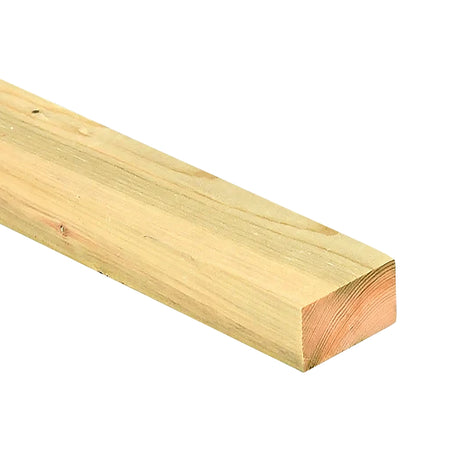Why Choose Our Graded Roofing Battens?
Our roofing battens aren't just timber strips—they're precision-engineered components that form the backbone of your roofing system. Every batten undergoes rigorous grading to BS 5534 standards, ensuring consistent strength and reliability. This isn't just compliance; it's your guarantee of professional-grade performance that British roofers trust.
The treated timber construction provides enhanced durability against moisture, insects, and decay—critical protection that extends your roofing investment's life. Each batten features distinctive blue treatment marking, your visual confirmation of compliant timber that meets professional standards.
Professional Solutions for Every Project
Our 25x38mm Treated & Graded Roofing Battens deliver versatility that makes them the go-to choice for standard residential applications. Whether you're installing concrete tiles from Marley, clay tiles from Sandtoft, or natural slate, these battens provide the structural foundation your roof covering needs.
For projects requiring additional strength, our 25x50mm (2x1) Treated & Graded Roofing Battens offer enhanced load-bearing capacity. These battens excel in exposed conditions or when working with heavier roof coverings, providing robust support that eliminates deflection concerns.
Both specifications arrive in convenient 4.8-metre lengths, minimising waste whilst maximising coverage efficiency—exactly what you need when managing project costs and timelines.
The DIY Building Supplies Advantage
Sourcing roofing battens shouldn't be complicated. We've streamlined the process, offering competitive pricing without compromising quality. Our BS 5534 graded timber comes from trusted UK suppliers who understand British weather conditions.
Whether you're a seasoned professional or tackling your first roofing project, our experienced team provides guidance on batten sizing, loading calculations, and fixing centres to ensure your project meets both building regulations and your performance expectations.
Ready to secure your roofing project with premium BS 5534 graded battens? Browse our complete range above, or contact our team for expert advice tailored to your specific requirements.










